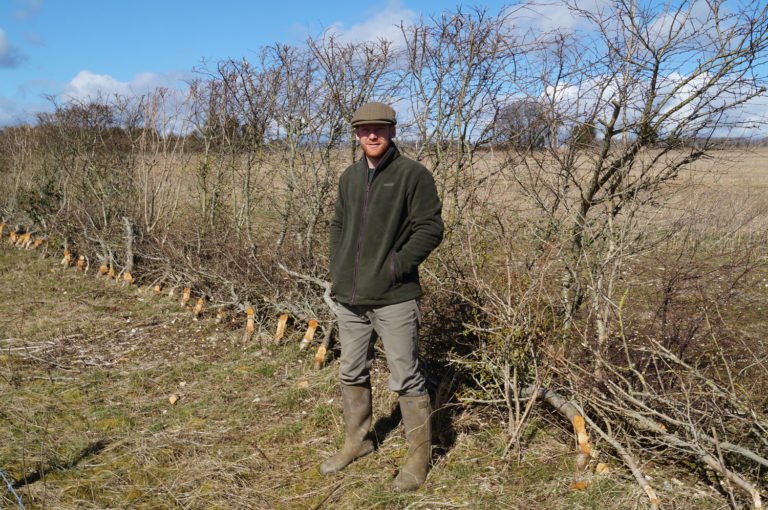By working together, the farming and keepering teams at Peppering have achieved the holy grail of farmland wildlife restoration
In 2002, the late Dick Potts, GWCT scientist and head of the Sussex Study into farmland wildlife, visited the Duke of Norfolk and Estate Manager Peter Knight to ask if they could help prevent the extinction of the grey partridge on the Sussex Downs. Dick made clear that, unless action was taken, the species would become extinct on the South Downs within 10 years.
Determined to reverse the decline, in 2003, they established the Peppering Project on a 3,100-acre area of the Norfolk Estate, and the recovery has been remarkable. From six wild birds, the team has built a sustainable population of 300 breeding pairs of wild English partridge with September stubble counts of over 2,000 partridges providing a shootable surplus in most years.
Read the full article on Working for Wildlife.

